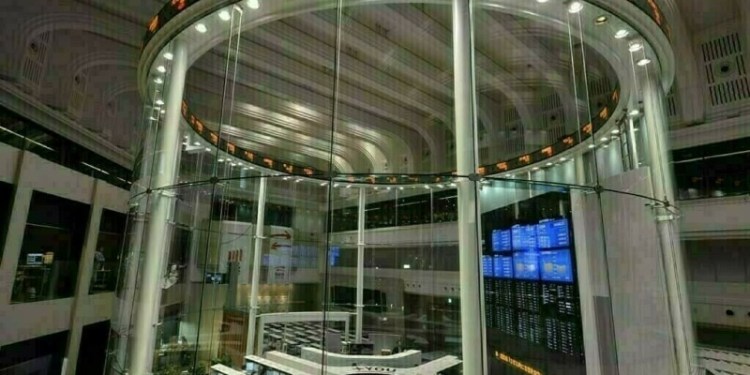By Leika Kihara
TOKYO (Reuters) – The Bank of Japan is expected to keep monetary policy steady on Thursday and reassure markets it will only end crisis-mode stimulus when inflation is heading more decisively towards its 2 percent target.
But BOJ Governor Haruhiko Kuroda may also signal that the central bank’s next policy direction would be to scale back its massive stimulus, highlighting the rising pain that prolonged easing was inflicting on Japan’s banking system.
The BOJ is seen keeping its short-term interest rate target at minus 0.1 percent and the 10-year bond yield target around zero percent – wrapping up a year in which the central bank made no change to policy.
The nine-member board may debate whether the BOJ should consider raising its yield targets or slow down its purchases of risky assets next year, analysts say, as some members had recently expressed concerns over the demerits of easing.
Any such action would come only when inflation exceeds 1 percent long enough to convince the public that prices will keep rising, say sources familiar with the BOJ’s thinking.
Hiroshi Ugai, a former BOJ official who is currently chief economist at JPMorgan (NYSE:) Securities, expects the central bank to raise its 10-year yield target in September and December.
“The BOJ will explain the moves as fine-tuning, not tightening, of monetary policy. It will say it’s adjusting what it sees as excessive easing given higher inflation,” he said.
Markets are focusing on Kuroda’s post-meeting briefing for clues as to how quickly the BOJ could follow in the footsteps of U.S. and European peers in dialing back stimulus.
After three years of heavy money printing failed to fire up inflation, the BOJ revamped its policy framework last year to target interest rates instead of the rate at which it bought up financial assets.
Since then, the BOJ has been quietly tapering its huge asset buying. While it still keeps a loose pledge to increase its bond holdings at 80 trillion yen ($708.40 billion) per year, its bond buying has recently slowed to half that pace.
Analysts expect the BOJ’s bond buying to slow further with the central bank already commanding 40 percent of the market, while the government plans to issue less debt next year.
Japan’s economy grew an annualised 2.5 percent in July-September to mark a seventh straight quarter of expansion on robust exports and capital expenditure.
But core consumer inflation remains stuck at 0.8 percent and firms polled by the BOJ expect no major pick-up in price growth in coming years.
Most economists polled by Reuters expect the BOJ’s next move to be a withdrawal of stimulus, though they do not expect such a step to be taken until late 2018 or beyond.
Fusion Media or anyone involved with Fusion Media will not accept any liability for loss or damage as a result of reliance on the information including data, quotes, charts and buy/sell signals contained within this website. Please be fully informed regarding the risks and costs associated with trading the financial markets, it is one of the riskiest investment forms possible.
Source: Investing.com


























